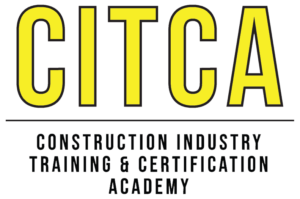Scaffolding safety is critical in ensuring the well-being of workers on construction sites. A “Competent Person” in scaffolding safety plays a key role in overseeing scaffold erection, use, and dismantling, ensuring compliance with safety standards. Below are essential aspects of scaffolding safety training for a competent person:
- Roles and Responsibilities:
- Inspection of Scaffolding: The competent person must inspect scaffolding before each work shift and after any event that could affect its structural integrity, such as inclement weather.
- Hazard Identification: They are responsible for identifying potential hazards, such as overloaded scaffolds, unstable surfaces, or improper assembly, and taking corrective actions immediately.
- Documentation and Reporting: Ensure proper documentation of all inspections, incidents, and corrective measures. This helps in maintaining a clear record for compliance and future reference.
- Training and Certification:
- In-Depth Knowledge: The competent person must have extensive knowledge of OSHA regulations and industry standards related to scaffolding. This includes understanding the different types of scaffolds and their appropriate use cases.
- Ongoing Education: Continuous education is vital to keep up with evolving safety standards and best practices. Regular refresher courses should be encouraged to maintain competency.
- Emergency Preparedness: Training should also cover emergency procedures, including how to respond to accidents or structural failures swiftly and effectively.
